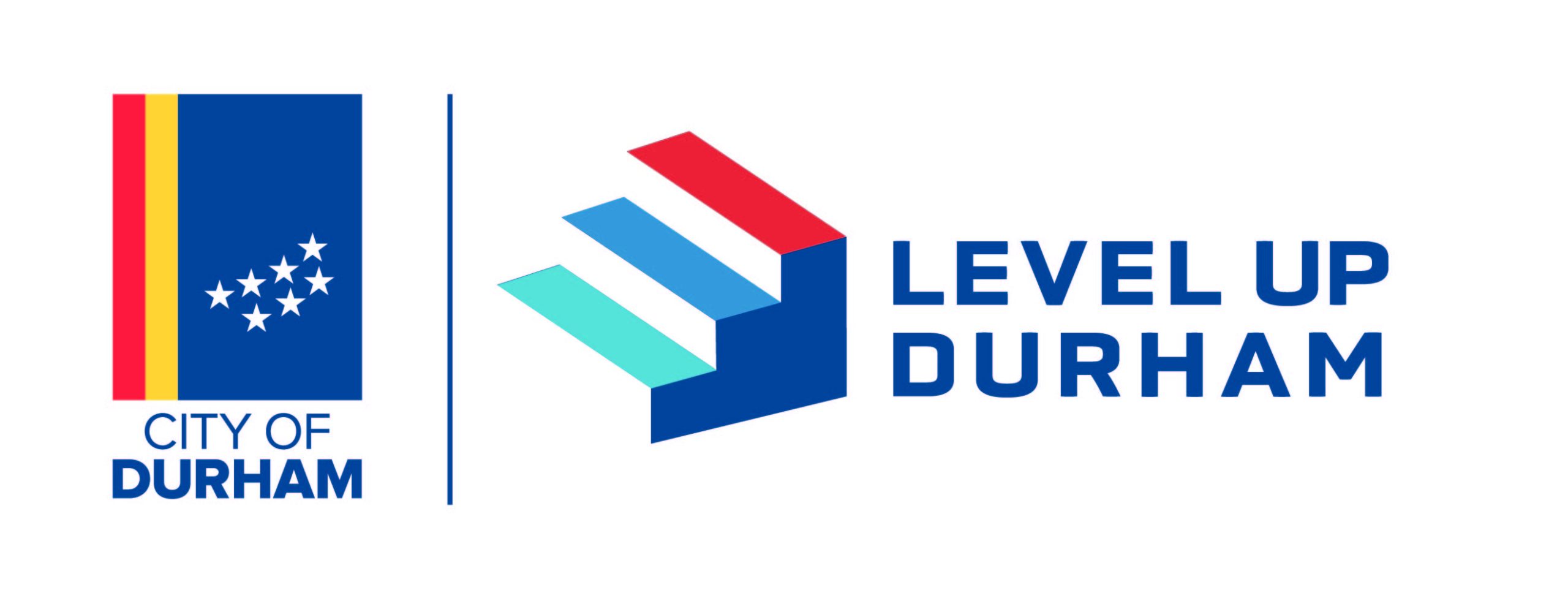![]()
Prosperity
![]()
![]()
![]()
![]()
Status Indicator: ![]() In Progress |
In Progress | ![]() On Hold |
On Hold | ![]() Complete/Ongoing
Complete/Ongoing
Initiative: 5.33 Explore new services to help divert more waste
Thriving & Vibrant Environment
Description
Waste diversion describes redirecting waste from landfills to some other point through options like reduction, reuse, repurposing, composting, or recycling. Diverting waste has significant environmental benefits over landfilling. Additionally, there are an estimated 20-25 years left in the current “airspace” (measured in cubic yards) of the landfill that Durham uses, and as space continues to fill, landfilling costs will likely continue to rise, and diversion options could become more financially advantageous as well as environmentally preferable.
Key Measures & Data Analysis
The waste diversion rate remains below the 32% target, but the department is actively analyzing data and identifying targeted strategies to improve it. Resident survey engagement has stagnated; however, staff plans to launch the Recycle Right survey, which aligns with the education goal 5.31. It's anticipated that in the next quarter, this effort will generate valuable data, allowing staff to refine this approach and better measure the success of this and other key goals.
Impact of service expansion
Why is it important?
Exploring new services to divert more waste now is a proactive approach to stave off the inevitable. Currently, we send valuable resources to the landfill. Developing new services or markets as well as fully and properly utilizing currently existing services and markets will help to use, the materials to their fullest potential instead, for the economic and environmental benefit of impacted communities. For example, reducing and diverting food waste creates the value-added material, compost, that can beneficially be used and sold locally, while saving space, and reducing the amount of emissions from landfills.
What have we been doing?
-
Curbside Food Waste Pilot: Ongoing but at capacity until new staff are hired. Approved to request additional staff in the FY26 budget process.
-
Food Waste Drop-Off Expansion: Plans underway to add a bin at a Southside location.
-
Yard Waste Facility Improvements: Design phase is ongoing.
-
Pumpkin Drop-Off: Successfully completed the 2nd annual event.
-
Christmas Tree Recycling: Currently in progress.
-
Exploring Additional Drop-Off Sites: Identified a potential Southside site for select materials.
-
Transfer Station 1 (TS1) Repairs:
- Currently used for cart storage.
- Cart storage building funding transfer expected this fiscal year.
- Waste Characterization Study planned to begin this fiscal year.
What's next?
-
Expand Curbside Food Waste Pilot: Increase participation once additional staff are hired.
-
Implement Food Waste Drop-Off Expansion: Install a new drop-off location and explore funding for additional sites.
-
Advance Yard Waste Facility Improvements: Continue progressing through the design phase.
-
Optimize Next Year's Pumpkin Drop-Off: Reduce the number of collection sites for greater efficiency.
-
Execute Annual E-Waste & Shredding Event: Ensure seamless coordination with partners for the upcoming event.
-
Secure Additional Drop-Off Sites: Finalize details for the Southside site and assess other potential locations.
-
Complete TS1 Repairs: Advance the Waste Characterization Study and secure funding for the storage facility.
City Website Home Page: Durham, NC | Official Website (durhamnc.gov)
Budget Website Page: Budget & Management Services Department | Durham, NC (durhamnc.gov)
Budget and Management Services Department
Office of Performance and Innovation
Strategy and Performance Division
